Government is an institution that creates and enforces rules and provides services for a group of people. The term government may also refer to the process of ruling or exercising power in a group. Government is one of humanity’s oldest and most important institutions. Throughout history, people have created governments. Governments are intended to regulate various forms of conduct. They are also meant to promote the well-being of society as a whole.
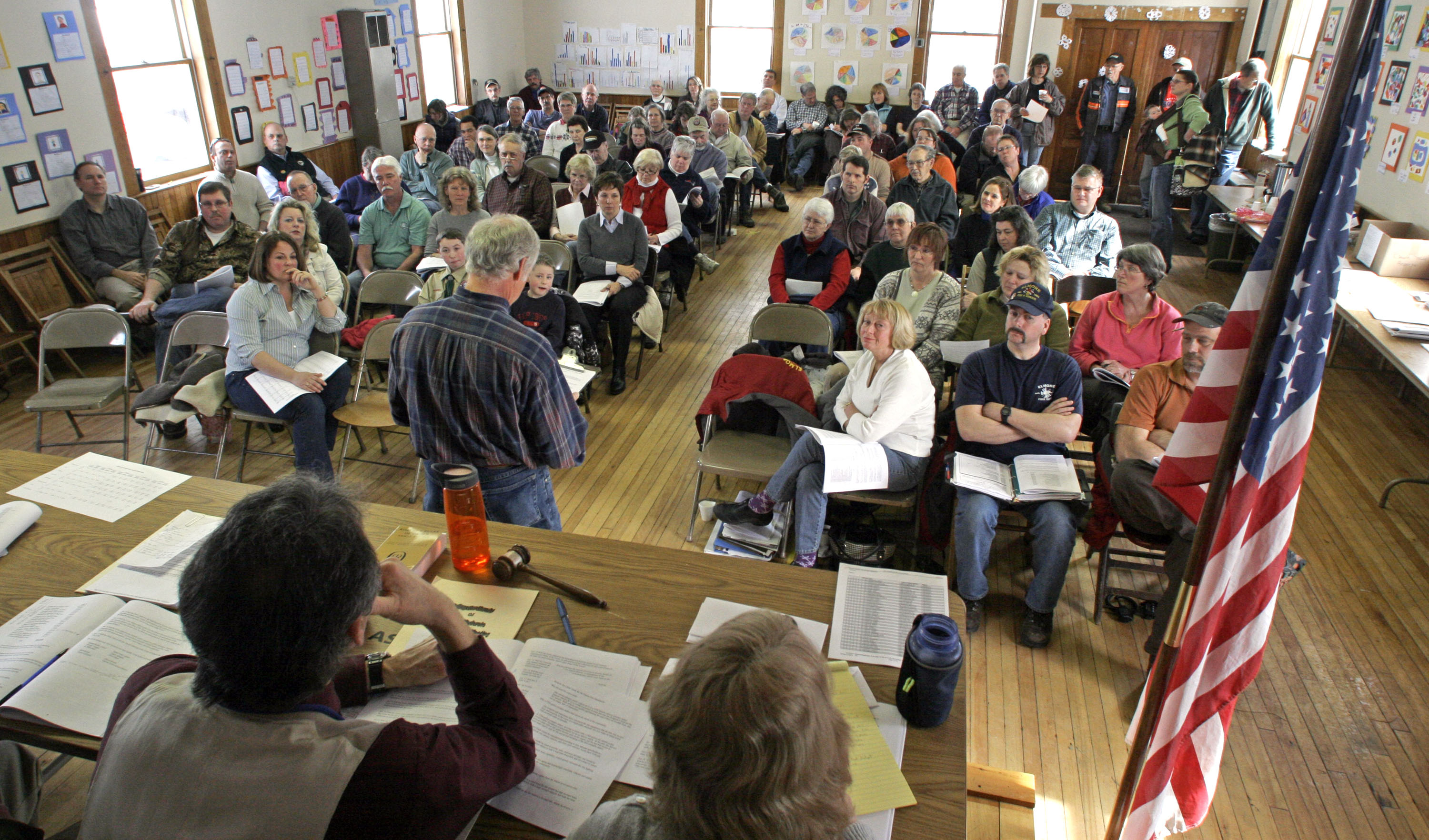
Governments vary greatly in size and form. Many governments are large organizations consisting of numerous branches, departments, and agencies. Such governments make policies affecting nearly every part of society. Other governments are small groups of people that look after the activities of a specific institution, such as a local church or school. Any formal or informal group—such as a family, club, corporation, or labor union—may be said to have some form of government. Such governments are considered private governments. But when we speak of government, we usually mean public government. Public governments include the governments of a nation, state, province, city, or village.
There are many types of governments. Democracy is a type of government in which citizens govern themselves. They may govern themselves by voting directly on laws that concern them. However, many democracies are representative democracies. In these democracies, citizens elect someone to represent them. The representative then votes on the laws and rules. Democratic governments traditionally emphasize such principles as individual equality, freedom of speech, and freedom of the press. Authoritarianism is a type of government in which the governing power is used without the consent of the people being governed. A dictatorship is a type of authoritarian government in which a person or group holds unlimited power. Most national governments today practice some form of democracy. However, many governments that claim to be democratic actually have features of authoritarianism.
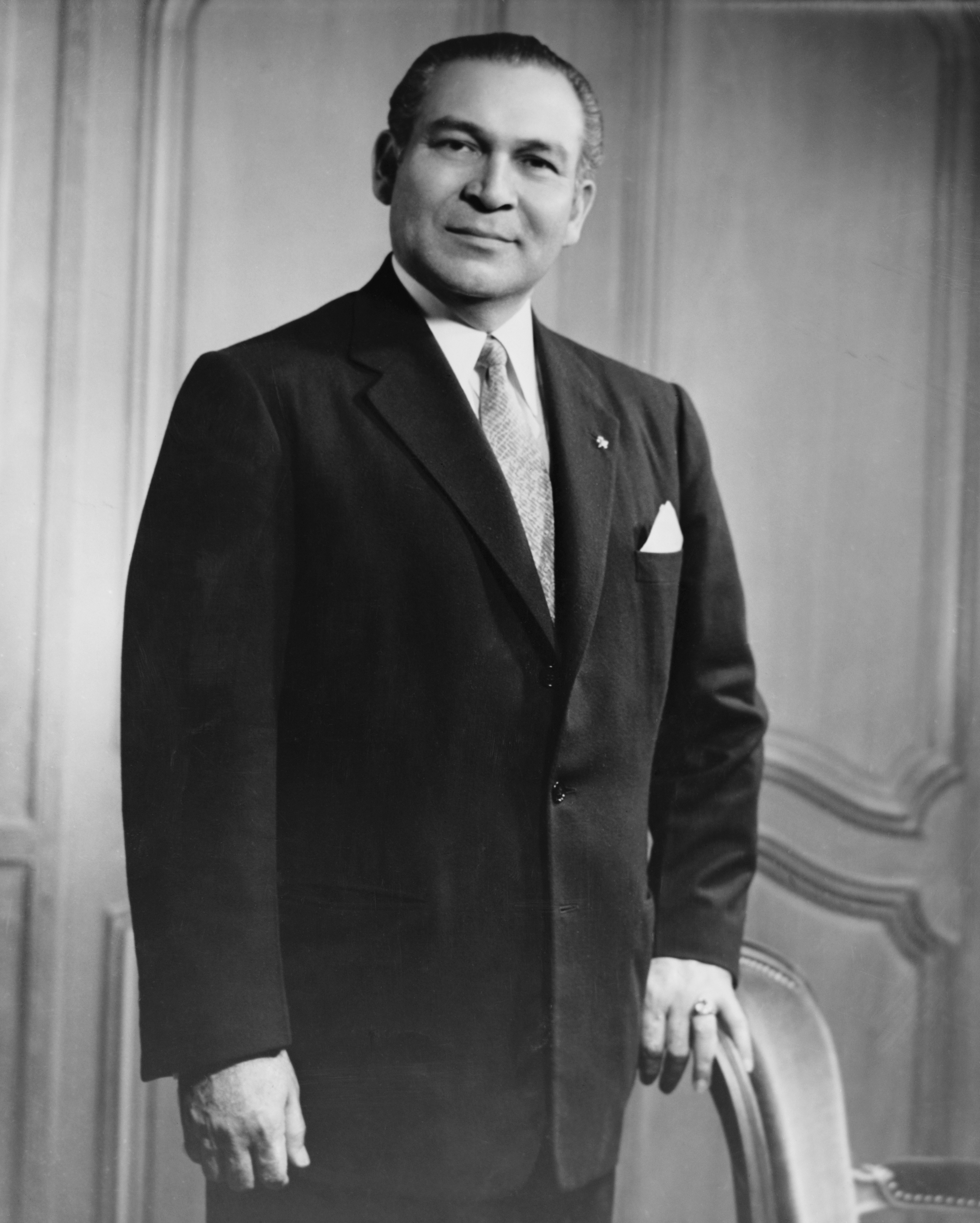
Public governments perform a wide range of functions. Such functions include lawmaking and law enforcement, military and defense efforts, interaction with other governments, regulation of trade, and provision of basic services. In most countries, the national, or central, government shares responsibilities with other levels of government. These other levels may include the governments of states, provinces, or cities. Almost every country has a constitution. A constitution is a collection of basic rules and principles that shapes the way the government operates.
The study of the principles and conduct of government is called political science. The connections between government and various aspects of life are complex. Because of that, most political scientists think that government should not be studied by itself. They believe that a full understanding of government requires knowledge of other fields. Such fields include anthropology (the scientific study of humans and of human culture), history, and psychology.
Government at work
The people of most countries depend on governments to establish order and to provide services that keep life running smoothly. Every nation has different ideas on what is important in a government. Nevertheless, several basic tasks are common to nearly all public governments.
Lawmaking and law enforcement.
Governments at the national, state or provincial, and local levels make laws to regulate the conduct of citizens. Laws establish the rules of society and define the rights and obligations of the people. Lawmaking procedures vary from country to country. Most countries have legislative bodies that make the laws. In nearly every country, police forces, court systems, and other institutions apply, enforce, and interpret the laws. Law enforcement involves punishment for people found guilty of criminal activity. The punishment may take a variety of forms, including fines, imprisonment, and, in some countries, execution.
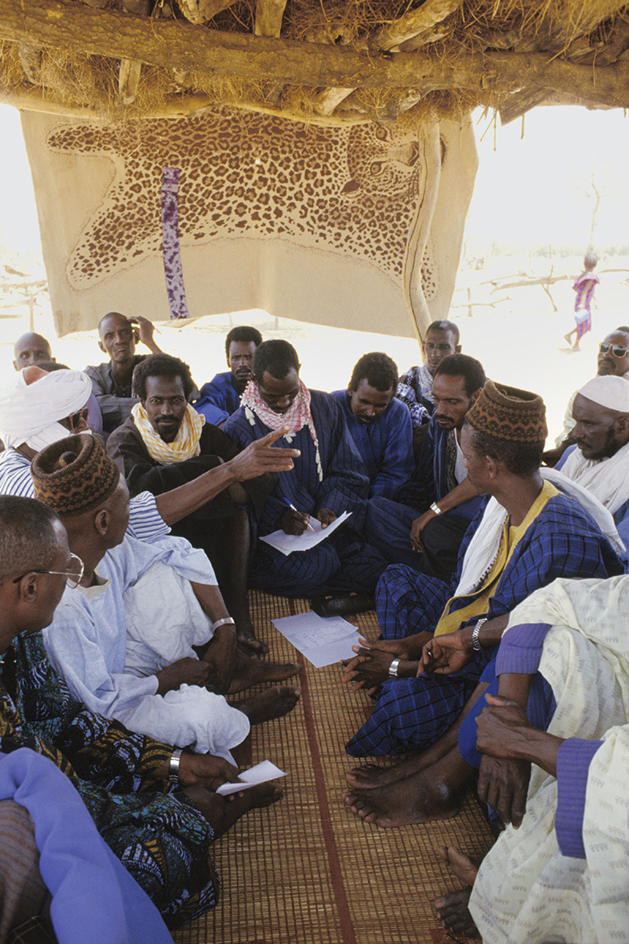
Defense.
One of the most important responsibilities of national governments is managing defense programs. Defense efforts include identifying threats to national security, maintaining military readiness, and making decisions regarding the use of military force. National governments work to ensure that the nation’s armed forces are properly trained and equipped for combat.
Foreign affairs.
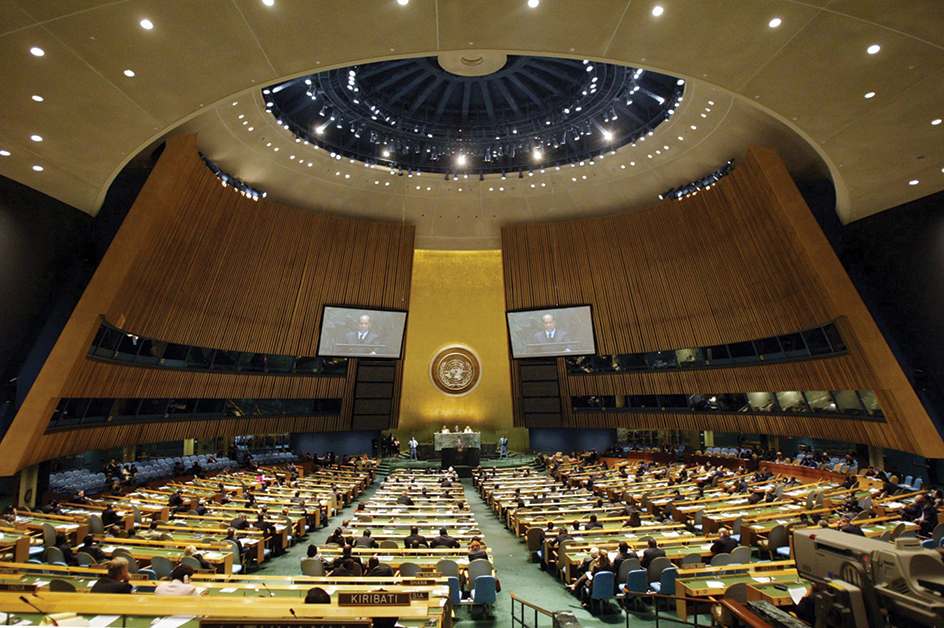
Taxation.
Governments need money to finance their many programs and responsibilities. They require people and businesses to pay taxes to supply this money. Three of the most common types of taxes are property taxes, income taxes, and taxes on transactions. Property taxes are levied on the value of houses, farms, factories, and other types of property. Income taxes are collected on wages, salaries, and earnings. Taxes on transactions are levied on sales of goods and services.
Commerce.
Many government policies have far-reaching effects on the economy of a country or region. Typically, governments seek to establish economic conditions in which businesses can operate smoothly and people can find jobs. Most industrialized nations have laws that protect the rights of employees and consumers. Government agencies throughout the world enforce a variety of health, safety, and environmental standards for businesses.
Governments also manage fiscal policy and monetary policy. Fiscal policy refers to a government’s taxing and spending programs. Monetary policy involves the adjustment of interest rates, the availability of loans, and the money supply. The money supply is the total amount of money in a country, including cash and bank deposits. Fiscal and monetary policies can influence market activity, employment levels, and the prices of goods and services.
Public services and other functions.
Public governments traditionally have the responsibility for providing many of the services people need. These services generally include education, public health, law enforcement, firefighting, street and highway maintenance, and sewage disposal. In many countries, governments also manage national parks, fund scientific research and space exploration, and provide financial support for the arts.
Organization of government
National governments are typically made up of many branches, departments, and agencies. These different groups seek to carry out responsibilities in an orderly manner. The details of government organization vary from country to country. But most governments possess similar structures, divisions, and governing bodies.
Constitutional framework.
Nearly all countries have constitutions that set out the rights of citizens and the responsibilities of government. Traditionally, government policies must remain within the framework established by the constitution. However, the force and meaning of constitutions vary widely from country to country. Constitutions typically have greater force in democracies than in authoritarian regimes (ruling systems). In most democracies, the constitution can be changed only through a specific procedure, such as a special vote of the people. But in many authoritarian governments, a constitution can be changed by fiat (a command or decree) of the ruling group.
Government constitutions may be written or unwritten. The United Kingdom, for instance, has no single, written constitution. Its constitution is instead made up of certain documents and basic traditions of freedom, justice, and human rights that date back hundreds of years. The Constitution of the United States is written and was ratified (approved) in 1788. It is the oldest written national constitution still in force. A number of countries have used the U.S. Constitution as a model in setting up their own governmental structures and institutions.
Heads of government.
The official leader of a country is commonly called the head of state or chief of state. A head of state is usually a president, monarch, or governor general. In many countries, the head of state is the head of the national government. In other countries, the head of state primarily carries out ceremonial duties while a different official serves as the head of government. In the United States, for instance, the president is both the head of state and head of government. In the United Kingdom, the monarch is the ceremonial head of state, and the prime minister leads the government.
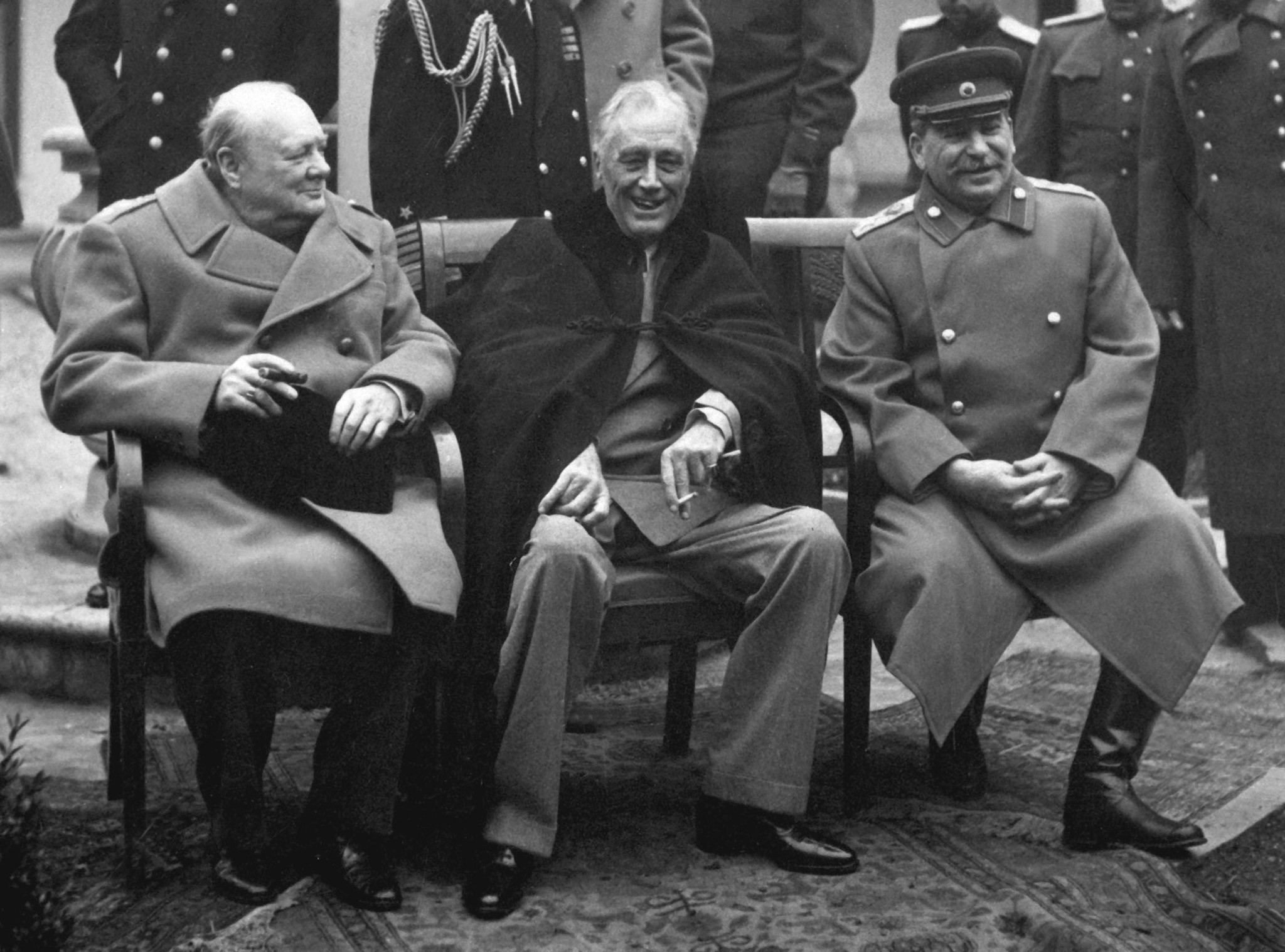
A nation’s head of government has important authority over the lives of citizens. However, most countries place limits on the authority of government leaders. For instance, the head of government generally must function within the framework of the country’s laws and in cooperation with other institutions of government.
Branches of government.
Governments are generally organized into divisions with specific powers and responsibilities. Most governments have three branches: legislative, executive, and judicial.
Legislative.
The legislative branch of a government makes the laws. In democracies, elected representatives meet in legislative bodies to debate, write, and pass laws. In authoritarian regimes, top leaders and officials make the laws. In addition to lawmaking, the legislative branch may serve other functions, such as overseeing other branches of government.
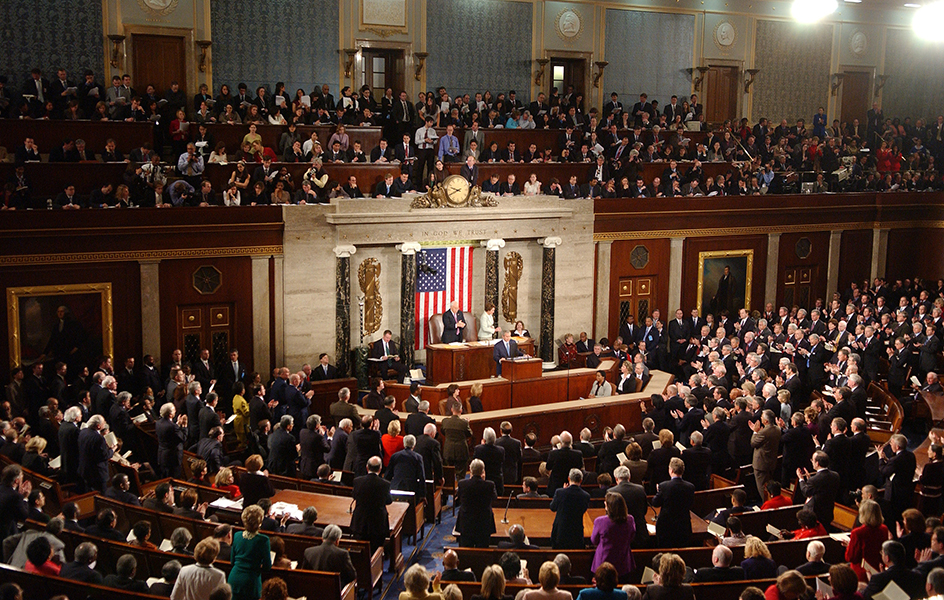
Executive.
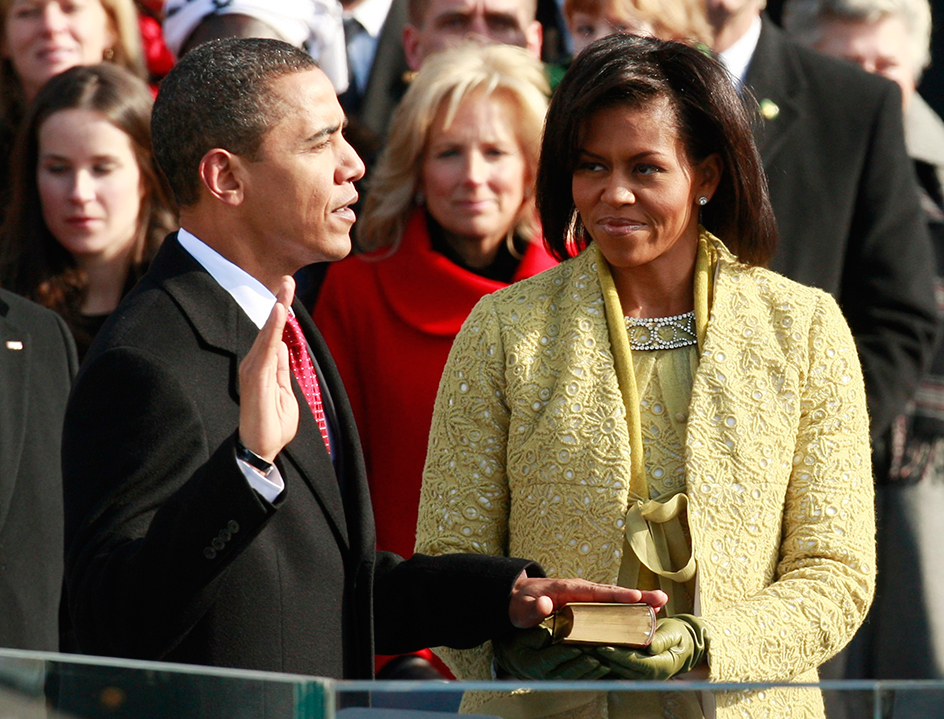
Judicial.
The judicial branch of a government interprets the laws. The judiciary is typically a system of courts and judges that seeks to ensure the fair application of the law. Courts resolve conflicts involving individuals, organizations, and governments. They also decide the legal guilt or innocence of people accused of crimes. The highest-ranking court in a country or area is often called a supreme court or high court.
Courts play a vital role in protecting the rights of citizens. In many democracies, the judiciary has the power of judicial review. Judicial review gives judges the power to strike down any legislative or executive action that violates the nation’s constitution. Courts in authoritarian societies typically have less power than courts in democracies.
Levels of government.
In most countries, the governmental system consists of many levels of government, each with certain responsibilities. The system may include a national or central government. It may also include the governments of states or provinces, counties, cities, towns, and villages. All these governments seek to operate according to some orderly plan. Most countries have either a unitary or federal system of government.
The unitary system
gives the principal powers to the national government. The state or provincial governments and local governments are created by the national government. They have only those powers that the national government gives them. France, Italy, and the United Kingdom have unitary systems of government.
The federal system
develops when a number of states or provinces federate (form a union) to establish a nation. The powers of government are then shared between the national government and the state or provincial governments. The federal system is based largely on the idea that a government close to the people can best meet their needs. In the United States, for instance, a state government should be more familiar with the specific needs of the state’s people than the central government is. Therefore, the state government makes many of the decisions that address those needs. Countries with federal systems of government include the United States, Australia, Canada, India, and Mexico.
Political parties.
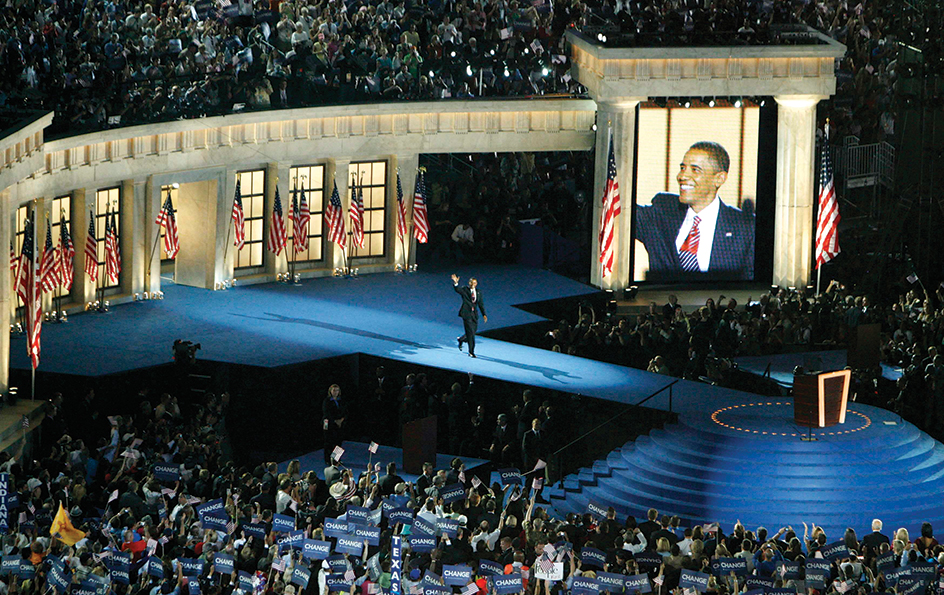
Competing political parties are a central feature of democratic government. However, they play a less important role in authoritarian societies. Many authoritarian governments allow only one party—the party that controls the government.
Forms of government
Forms of government differ in a number of ways. These differences may include how leaders come to power, the types of organizations that carry out responsibilities, and the principles and procedures by which the governments operate. But forms of government differ most essentially in the degree to which the people participate in government. The consent and participation of the people distinguishes democratic forms of government from authoritarian forms. In some cases, governments combine features of more than one form of government.
Democracy
had its origins in ancient Greece. The term comes from two Greek words, demos meaning people and kratos meaning rule or authority. The citizens of a democracy take part in government either directly or indirectly. In a direct democracy, also called a pure democracy, the people meet in one place to make decisions for the community. But most modern democracy is representative democracy, which is indirect in nature. In large communities—such as cities, states, provinces, and countries—it would be impossible for all the people to meet as a group. Instead, they elect a certain number of their fellow citizens to represent them. Government by the people through freely elected representatives is sometimes called a republican government or a democratic republic.
A central goal of democracy is to protect the rights and interests of all citizens. In a democracy, all citizens should be entitled to equal protection of their personal well-being, possessions, and rights. They should have equal opportunity to pursue their lives and careers. They should also have equal rights of political participation. In addition, the people should enjoy freedom from undue interference by government. They should be free, within the framework of the law, to believe, behave, and express themselves as they wish. The constitutions of many democratic countries have bills of rights that guarantee freedom of speech, freedom of religion, and other fundamental rights. Most democratic governments follow either a presidential or parliamentary system of government.
Presidential democracy.

The U.S. presidential system, like that of many democracies, is based on the principle of separation of powers. Under this system, members of the legislative branch may not serve in the executive or judicial branch of government. Each branch has both expressed powers—that is, powers that are specifically listed in the Constitution. The branches also have implied powers—that is, powers that are reasonably suggested by their expressed powers. A system of checks and balances gives each branch of government certain powers that curb, or check, those of the other two. This system ensures that each branch acts only within its constitutional limits.
The purpose of separating the powers is to prevent any single branch of government from becoming too powerful. But the separation principle is not meant to keep the three branches of government completely apart. In fact, the coordinated efforts of the separate branches are necessary for many of the most important tasks of government. For example, the president of the United States may negotiate (talk over and agree to terms about) a treaty with the government of another country. Once negotiated, however, the Senate must approve the treaty before it can take effect.
The U.S. style of presidential democracy has served as a model for other nations, including Argentina, Brazil, Mexico, and the Philippines. However, many countries with presidents lack the checks and balances needed to limit the power of the presidency. Governments with such unlimited presidencies are usually authoritarian in nature.
Parliamentary democracy.
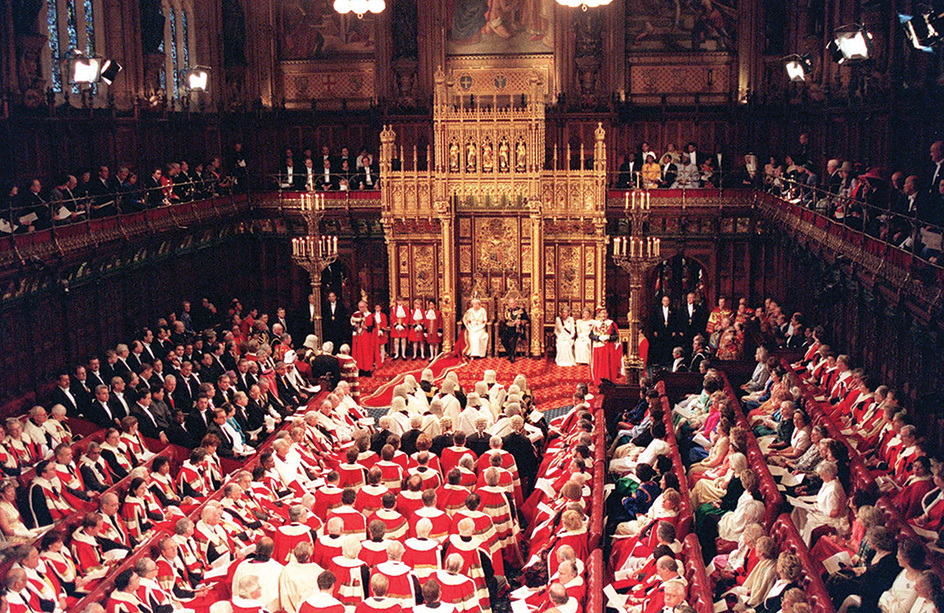
The people do not directly elect the prime minister. Instead, they elect members of the parliament. The parliament then selects one of its members to be prime minister. In most cases, the prime minister is the leader of the political party or coalition (group) of parties with the most seats in parliament. The prime minister is formally appointed by the head of state. In most cases, the prime minister chooses members of his or her own political party to become ministers (heads of government departments). The most important ministers form a group of executive officials called the cabinet. Parliamentary government is thus sometimes called cabinet government.
Members of parliament are elected to a term of office. At the end of the term, there is a general election, in which every seat is up for a vote. But a general election may occur at any time short of a full term if the cabinet resigns. It may resign, for example, if parliament defeats a program the prime minister considers essential. The ministers must resign and a new election must be held if parliament votes “no confidence” in their government.
Dual presidency.
Some countries have dual presidential systems. These systems combine elements of presidential and parliamentary government. In such cases, a president and a prime minister share executive power. The president is generally elected by the people. The prime minister is usually chosen from the party or coalition of parties with the most seats in parliament. Countries with dual presidential systems include France, Poland, Portugal, Turkey, and Ukraine.
Monarchy
is a form of government in which one person who inherits, or is elected to, a throne serves as head of state, traditionally for life. Monarchs have different titles—such as king, queen, emperor, or sultan—in various governments. There are essentially two forms of monarchy: traditional monarchy and constitutional monarchy.
Traditional monarchy.
Under the traditional idea of monarchy, the monarch belongs to a ruling dynasty (family of rulers) and has governing authority as a birthright. Throughout history, many traditional monarchies have held that monarchs possess authority by divine right. This idea suggests that God has given authority to the monarch. The authority is unlimited. In such cases, the people cannot question the power of the monarch. In addition, other branches of government cannot limit the monarch’s authority. Traditional monarchy—sometimes called absolute monarchy—is thus highly authoritarian in nature.
Traditional monarchy was widely practiced for centuries. But the system began to decline during the 1600’s and 1700’s, as several monarchies lost power in revolutions. By the mid-1900’s, most traditional monarchies either no longer existed or had embraced some form of democracy. In some countries, such as Saudi Arabia, traditional monarchs still control nearly all aspects of government.
Constitutional monarchy.
During the shift from traditional monarchy toward democracy, many countries continued to recognize their ruling families as figures of leadership and national pride. As a result, constitutional monarchy, or limited monarchy, developed. In a constitutional monarchy, the monarch carries out ceremonial and symbolic duties. The constitutional monarch has limited involvement in government. Most constitutional monarchies are parliamentary democracies. In such cases, the monarch serves as the official head of state. The nation’s prime minister leads the government. The governments of Denmark, Japan, Norway, Sweden, and the United Kingdom are constitutional monarchies. 
Totalitarianism
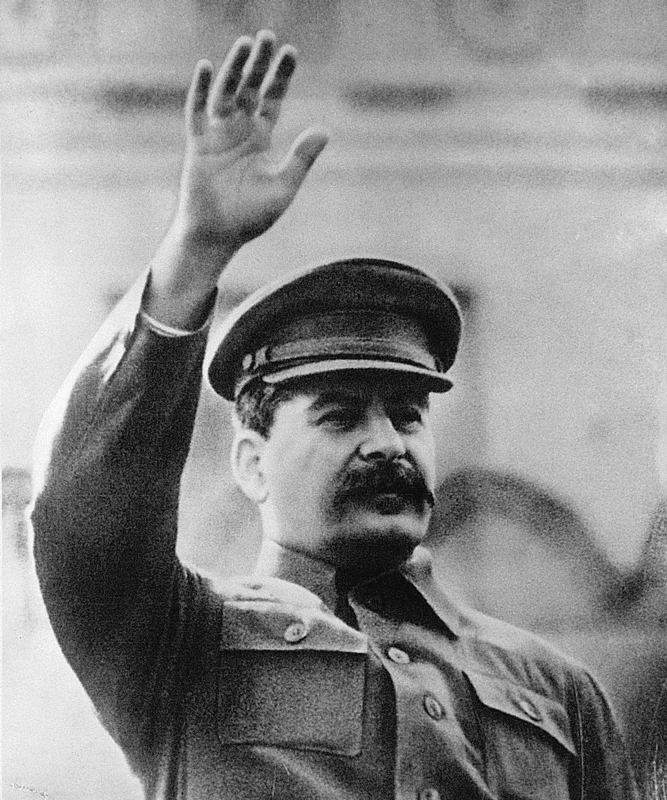
A totalitarian regime typically involves rule by a dictator. The dictator uses a political party to exercise control. The leader and political party generally have power over the nation’s educational systems, economic institutions, and all aspects of the communications media. The regime also has complete authority over the armed forces and the police. The rulers may use surveillance (keeping watch over a person or thing), imprisonment, violence, and torture to ensure control over the people. Totalitarian governments often have an official ideology (set of political beliefs) to which all citizens must pledge loyalty. Two central ideologies of totalitarian regimes in the 1900’s were Communism and fascism.
Communism
is a political, social, and economic system in which most or all property is owned by the government. This property is supposed to be shared by all people. The word communism comes from the Latin word communis, which means common or belonging to all. The idea of communal property dates at least from the time of the ancient Greeks. But modern Communism is based on the theories of the German social theorist Karl Marx. Marx’s basic ideas first gained widespread attention through the Communist Manifesto (1848). Marx wrote this manifesto (public declaration of purposes) with Friedrich Engels, a German economist.
Under capitalism, control of the economy is held by individual households and privately owned businesses. Marx argued that capitalism led to economic power being in the hands of property owners. He believed these owners then took advantage of and used workers for personal gain. Marx believed the only way to ensure a happy society was to have the workers in control. Marx predicted revolutions throughout Europe and in the United States. Such revolutions, he said, would establish conditions under which social classes would eventually disappear. Marx believed that the triumph of Communism was inevitable. However, the Communist governments that emerged in the 1900’s did not live up to Marx’s expectations.
The first Communist government was established in Russia in 1917. It was based on Marxist doctrines as uniquely interpreted by the Russian revolutionary leader V. I. Lenin. In 1922, Lenin became the Soviet Union’s first dictator. The governing principles of the Soviet Union became known as Marxism-Leninism. The Soviet system employed numerous totalitarian methods. It soon became the model for Communist governments that were established in other countries.
In most Communist societies, the process of government is tightly controlled by a dictator and members of the Communist Party. Few other people have any voice in the government. Rival political parties are not allowed to organize. The government controls all publications, radio, and television. It also strongly restricts what journalists and political thinkers may say or write. Communist Party members say that individual liberty is sacrificed for the good of society.
Communism spread rapidly through the mid-1900’s, but it began to decline during the 1980’s. Still, Communist parties remain in power in a few countries, including China, Cuba, North Korea, and Vietnam.
Fascism
resembles Communism in many ways. But Communism, in theory, advocates equal treatment for all people. Fascist ideology rejects equality. Common features of fascism include extreme patriotism, aggressive military policies, and the persecution of minority groups. Under fascism, people may privately own property, but the government heavily regulates industry and labor. The government greatly limits personal freedoms and suppresses all forms of political opposition. The word fascism is commonly used to describe any political system that resembles those of Benito Mussolini and Adolf Hitler. Fascist governments ruled Italy under Mussolini from 1922 to 1943, and Germany under Hitler from 1933 to 1945.
Mussolini, the founder of fascism, believed that the Italian people were a superior race destined to rule over others. Hitler’s ideology—called Nazism—glorified the Germans and other northern European peoples. The Nazis called these peoples Aryans. Nazism opposed democracy, Communism, socialism, and other political systems that claimed to favor equality. Nazis believed that Jews, Slavs, and other minority groups were inferior. Hitler’s followers used these beliefs to justify the brutal persecution and mass murder of Jews and other groups. 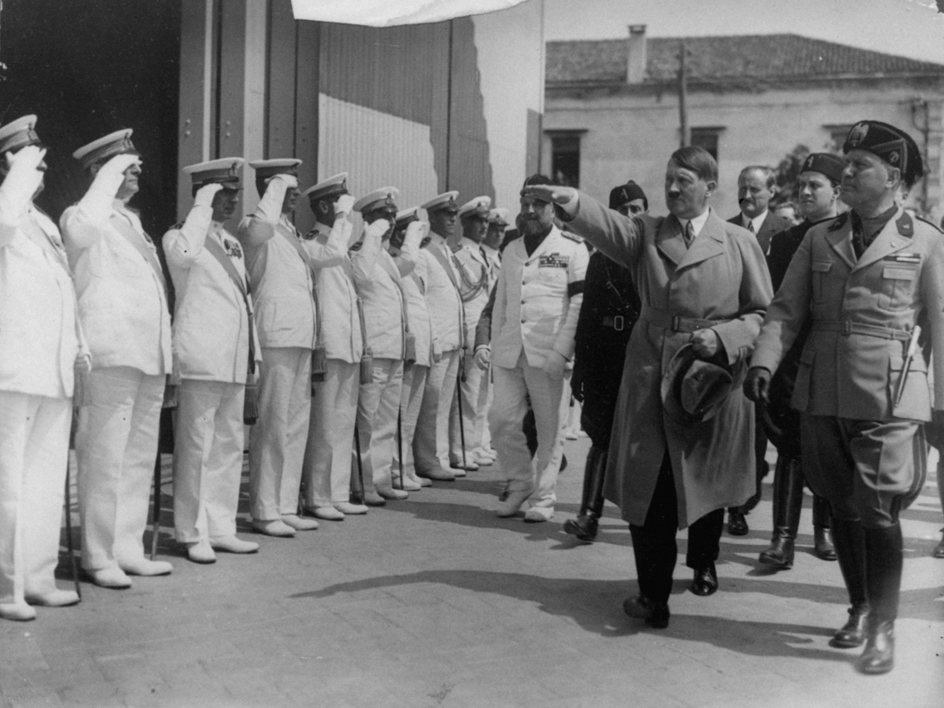
Today, the rulers of a number of developing nations follow fascist policies in an effort to promote industrial growth and national unity. However, most of these leaders deny any similarity to Mussolini and Hitler.
Theocracy
is a form of government in which religious leaders rule according to religious laws. Some theocracies are led by priests or other figures acting as God’s representatives. Other theocracies are led by a monarch thought to have divine power or by authorities governing according to religious tradition. Theocracies reject secular (nonreligious) teachings and contend that divine law is the only legitimate basis for government. A theocracy may involve elements of monarchy, totalitarianism, or other forms of government. The word theocracy comes from two Greek words, theos meaning God, and kratos meaning rule or authority.
Throughout history, a number of governments have based policies entirely on the teachings of a particular religion. However, few theocracies exist in the world today. One exception is Afghanistan, which an extremist group called the Taliban rules according to their strict interpretations of Islam.
Anarchism
is the belief that every form of regulation or government is immoral and unnecessary. Anarchists believe that all governments conflict with personal liberty. Many anarchists have been influenced by the French socialist Pierre Joseph Proudhon. Proudhon, in the mid-1800’s, called for the abolition of the state and the elimination of property. The popularity of anarchist movements declined throughout the world in the 1900’s. The word anarchism comes from a Greek word meaning without ruler.
Common elements of government
Although forms of government vary, a number of basic elements are central to all governments. These elements include sovereignty, legitimacy, and jurisdiction.
Sovereignty
is the power and authority that a government has over its people and territory. A sovereign government has the authority to regulate citizens’ conduct. It is also allowed to control the use of land and property and employ force within its boundaries. Traditionally, a sovereign government has had complete freedom from outside control. Today, however, many sovereign governments willingly give up aspects of control to become part of international organizations, such as the UN.
Through the years, different ideas about the source of a government’s sovereignty have evolved. Many governments throughout history have claimed that they have sovereignty by divine right. Today, governments in democratic societies receive their authority to rule through the consent of the citizens. This form of sovereignty is known as popular sovereignty.
Legitimacy
is the acceptance by the people of the government’s authority to exercise power. In democracies, legitimacy depends largely on whether the public believes that elections have been conducted fairly. In divine right governments, legitimacy comes from the people’s acceptance of the idea that God selected their leaders to rule. Many dictatorships have sought to establish legitimacy through propaganda, fear, and violence.
The ancient Greek philosopher Plato wrote that legitimate political authority comes from the wisdom of leaders. In all forms of government, legitimacy is linked to a government’s ability to govern effectively. A government that consistently fails to meet the basic needs of its citizens will lose its legitimacy and will likely collapse.
Jurisdiction
is the right or power of making and enforcing rules or laws within certain geographic boundaries. The jurisdiction of a government extends over all the people who live in a certain area. The only way a person can escape such jurisdiction is to move out of its area.
Functional jurisdiction is the range of activities to which a government’s rules or laws apply. Certain levels of government have functional jurisdiction over particular areas of public policy. In the United States, for example, the federal government has jurisdiction over foreign and defense policy, and the states and local governments have primary jurisdiction over education. In many cases, multiple levels of government share functional jurisdiction over public policy matters.
History of government
Following the development of agriculture more than 10,000 years ago, prehistoric people who could harvest crops no longer had to travel in search of food. As individuals began living collectively in settlements, the first governing structures emerged.
Early forms of government.
The earliest known governments were those of small groups and tribes. These groups typically consisted of several families and had at least one leader. Custom and superstition determined how people made decisions and settled disputes. The groups probably gave certain people responsibility for storing and distributing surplus food. They may have had a planner for defense against outsiders.
The changes brought about by early settlements and villages took thousands of years to spread throughout the world. By about 3500 B.C., civilization began in river valleys in Asia and Africa. Villages soon developed into small cities. City governments took on increasingly significant roles in managing community affairs and providing services to the people.
Many rulers during ancient times were religious leaders. The people believed the authority of these rulers came from gods. But as communities developed, emperors, kings, and other nonreligious rulers took over the power to govern. These rulers established laws that were enforced by military and police forces. One of the earliest written collections of laws was the Code of Hammurabi. Hammurabi, also spelled Hammurapi, was a king of Babylonia (an ancient region in what is now southern Iraq). In the 1700’s B.C., he expanded his kingdom into the first great Babylonian empire.
Ancient Greece.

During the 300’s B.C., the Greek political philosophers Aristotle and Plato stressed the idea of rule by law. However, neither Plato nor Aristotle favored democracy. Plato argued that the masses lacked the education and training needed to govern effectively. He believed that highly trained philosopher kings should rule in the best interests of all people.
Aristotle, a student of Plato, also thought about how the best quality of life could be achieved for all. He studied all the known governments of the time. He concluded that governments fall into one of three categories: (1) rule by one person, (2) rule by a few people, and (3) rule by many people. Within each category, rule could be exercised for the benefit of all and be “virtuous,” or for the benefit of only the rulers and be “corrupt.” Democracy was Aristotle’s name for corrupt rule by the majority. He considered democracy a dangerous form of mob rule. Aristotle, like Plato, believed that educated leaders should rule in the best interests of all.
Ancient Rome
became the major world power when it defeated the powerful city of Carthage in the 200’s B.C. Roman political thinkers made numerous contributions to the development of government. The Roman statesman Cicero contributed the idea of a universal law of reason that is binding on all people and governments everywhere. He suggested that people have natural rights that every state must respect.
For many years, the Roman government involved features of representative democracy, such as assemblies where the people could be heard. However, in 27 B.C., it shifted to dictatorial rule by emperors. At its peak, in the A.D. 100’s, the Roman Empire covered about half of Europe, much of the Middle East, and the north coast of Africa. The Romans were the first to impose central authority upon a large area while preserving local government. However, in A.D. 476, Germanic tribes overthrew the last Roman emperor. Some historians believe that one of the reasons for the empire’s collapse was that it had become too big for Rome to govern.
Asia and the Middle East.
Around 500 B.C., the Chinese philosopher Confucius stressed the importance of moral strength, responsibility, and tradition. He also emphasized the need for a well-ordered society in which people respected authority and recognized their duties to society. In 221 B.C., the Qin dynasty established a Chinese empire with a strong central government. Around 200 B.C., the teachings of Confucius, called Confucianism, became the basis of the government. All candidates for Chinese government jobs had to take examinations based on Confucian ideals.
From the A.D. 400’s to 800’s, Chinese culture greatly influenced the development of Japanese civilization. Japanese government, like Chinese government, centered on an emperor. Beneath the emperor, Japanese society was divided into various clans (related families).
In the 600’s, Islam, a religion based on the teachings of Muhammad, began in the Middle East. Muhammad led a small religious and political community in the Arabian city of Medina. He and his companions and followers laid the foundations of Islamic society. Islamic society is based on the Sunnah and the Shari`a. The Sunnah is the example of Muhammad’s life, including his sayings and behavior. The Shari`a, also spelled Shari`ah, is the code of Islamic law. After Muhammad’s death in 632, authority to lead the Islamic community passed to religious leaders later called caliphs.
Europe in the Middle Ages.

During the Middle Ages, the influence and the power of the Roman Catholic Church increased dramatically. As the church sought to unite Europe under Christianity, it greatly influenced the thinking about government. Christian theologians (scholars who study religion), such as Saint Thomas Aquinas of Italy, described government in terms of divine law and human law. They taught that laws passed by human beings must not go against divine law.
The rise of monarchies and nation-states.
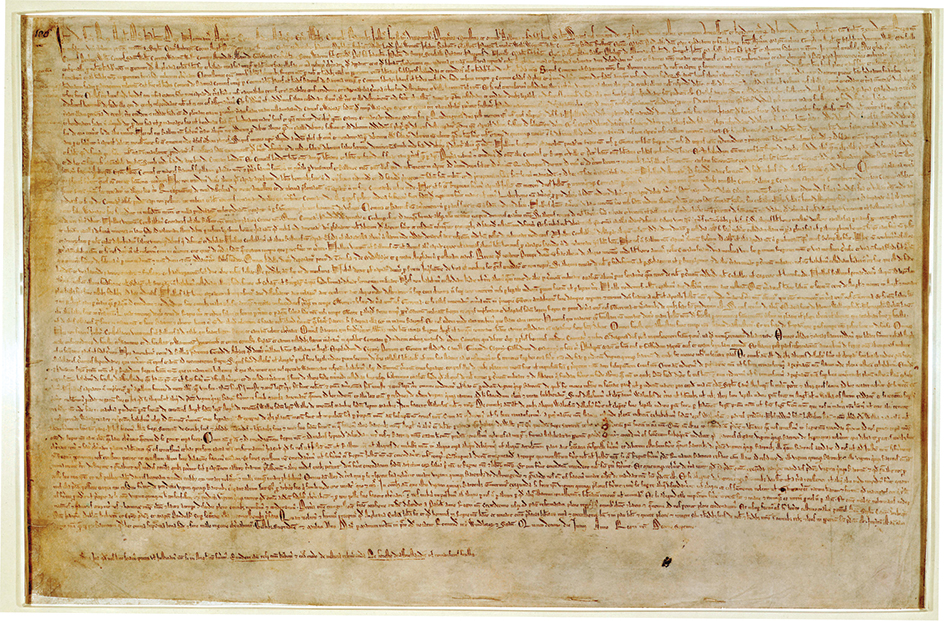
The great nation-states of Europe began to develop during the 1300’s and 1400’s. A nation-state is an area where the people share a culture, history, religion, language, or other qualities, and they also have an independent government. By the 1500’s, England, France, Spain, and several other countries had become nation-states.
The writings of political philosophers (experts who study ideas on governments), such as Thomas Hobbes of England, helped support the authority of monarchs. Hobbes’s most famous work was Leviathan, or the Matter, Form, and Power of a Commonwealth, Ecclesiastical and Civil (1651). In it, Hobbes argued that only a ruler with absolute, unquestioned authority over the people could maintain order. The period of absolute monarchy reached its height during the 1500’s and 1600’s.
Kings and other rulers of nation-states developed increasingly efficient forms of government. They organized more advanced armies and established courts to provide the rule of law. Townspeople agreed to support the kings by paying taxes in return for peace and good government. Many governments of this time sought to expand their territories. They used imperialism and colonialism—policies by which one country takes over or controls another country or territory. European nations quickly acquired colonial possessions in Latin America, Asia, Africa, and elsewhere. Colonialism lasted until the mid-1900’s, when most colonies gained independence.
The Enlightenment.
From the 1600’s to the late 1700’s, numerous thinkers emphasized the use of reason as the best method of learning truth. During this period—called the Enlightenment or the Age of Reason—people questioned the religious order that dominated political, economic, and social affairs. The writings of Voltaire and Jean-Jacques Rousseau of France challenged the power of absolute monarchs and the Roman Catholic Church. Other thinkers, such as John Locke of England and Montesquieu of France, argued that authority belonged in the hands of the people.
Locke’s ideas contributed to the development of parliamentary government in England (now part of the United Kingdom). Monarchs in many countries had long met with nobles and church leaders to discuss government affairs. In the 1200’s, the king of England enlarged his advisory group, by then called Parliament, to include elected representatives from towns and other areas. In the 1600’s, Parliament began to challenge the power of the king. In 1628, Parliament passed the Petition of Right. The act called on the king, Charles I, to stop collecting taxes and forced loans without its consent. The king opposed this, but supporters of Parliament defeated his followers in a civil war. The Bill of Rights of 1689 divided authority between the king and Parliament. It incorporated Locke’s idea that final authority in government belonged to the people.
The king often discussed political affairs with leading members of Parliament. In the 1720’s, however, Sir Robert Walpole, chief minister to King George I, began to meet with other parliamentary leaders without the king. Historians consider these meetings the start of cabinet government and Walpole the first prime minister.
The writings and events of the Enlightenment contributed to great political change. During this era, various social classes sought increased authority over their lives. In some areas, the movement toward democracy triggered revolts against existing political systems. Two of the most important uprisings were the American Revolution (1776-1783) and the French Revolution (1789-1799). After the American Revolution, many American military officers and others wanted to set up a monarchy with their wartime leader, George Washington, as king. But Washington rejected the idea. In 1792, during the French Revolution, France became one of the first nations to overthrow its king and establish a republic. The republic lasted only until 1804, when Napoleon seized power and crowned himself emperor. France had several more changes of government until it achieved lasting democracy in the 1870’s. By the 1800’s, absolute monarchy was on the decline throughout the world.
Constitutional government.
The philosophers of the Enlightenment were a major influence on the American statesmen who wrote the Constitution of the United States. Ratified in 1788, the Constitution declared the goals, purposes, and procedures for presidential democracy in the United States. George Washington became the first American president under this new form of government in 1789. As constitutional government gained widespread acceptance, many governments expanded the powers of elected parliaments and assemblies. By the late 1800’s, nearly every European nation had a constitution. However, democracy developed slowly for the next hundred years.
Totalitarianism and Communism.
The development of modern totalitarianism has been traced to Napoleon I. He ruled France as a dictator during the early 1800’s. Napoleon established one of the first modern secret police systems. He also controlled the press and used propaganda to win support for his programs.
During the 1920’s and 1930’s, dictatorships came to power in the Soviet Union, Italy, Germany, and Japan. Brutal dictators emerged—including Mussolini of Italy, Hitler of Germany, and Stalin of the Soviet Union. These leaders used many of Napoleon’s methods to maintain control and crush opposition. The militarism of these regimes was a major cause of World War II (1939-1945). The dictatorships in Italy, Germany, and Japan fell as a result of the war.
The Communist movement, which achieved its first major success in Russia in 1917, spread rapidly after World War II. Chinese Communists took control of China in 1949. For most of the late 1900’s, the Communist world, led by the Soviet Union, and the non-Communist world, led by the United States, engaged in a struggle known as the Cold War. In the 1980’s, the Communist movement began a severe decline. Several Communist governments in Eastern Europe collapsed in 1989. The Soviet Union broke apart in 1991.
Recent developments.
Today, many countries of the world have democratic forms of government. However, many countries that claim to be democratic lack certain essential freedoms—such as freedom of speech and freedom of the press—normally associated with democracy. Authoritarian regimes remain in power in a number of countries, including China, Cuba, North Korea, and many developing countries.
Since the mid-1900’s, the practice of government has been greatly influenced by globalization. Globalization is the trend toward increased economic, cultural, and social connectedness across international borders. Nations have become increasingly interdependent, partly because international trade has increased enormously. In addition, such problems as pollution and dwindling natural resources have grown too large for any one government to handle. As a result, many countries belong to international economic and political organizations.
Careers in government
Government service is a major field of employment in most countries. Although elected officials are responsible for making policy, career public service employees do most of the day-to-day work. Public service employees work in a wide variety of fields. People may serve the government as doctors, educators, engineers, lawyers, scientists, police officers, clerks, or administrators. Government employees represent a nation’s interests in other countries and provide many of the supplies that keep the armed forces prepared. They inspect food and drugs, collect taxes, maintain law and order, and administer social welfare systems. They explore space, forecast the weather, control the airways, and protect parks and forests. Government workers enforce environmental protection standards and conduct scientific research.
Many people choose government employment because they take pride in serving their nation, state, or city. In most fields, salaries in government are comparable to those found outside of government. Hiring procedures vary greatly. Many governments require job seekers to take civil service examinations.
Many people aim for careers in government through political activity. They may seek to serve as president, prime minister, lawmakers, governors, mayors, judges, state legislators, or city council members. Political candidates typically participate in lengthy election campaigns. Most campaigns include advertising, public appearances, interviews, speeches, and debates. Candidates need many people to help them campaign. Successful candidates often reward their supporters by appointing them to government jobs under their control. Such jobs range from important positions in executive departments to part-time jobs in city services.
